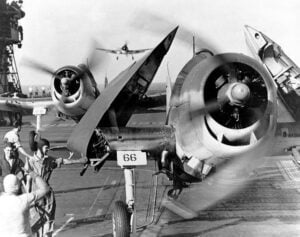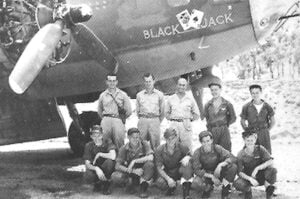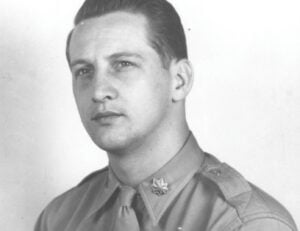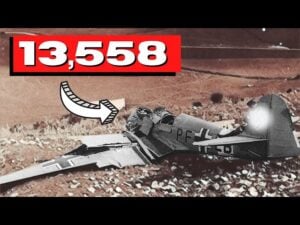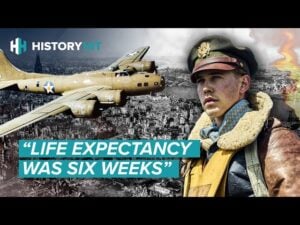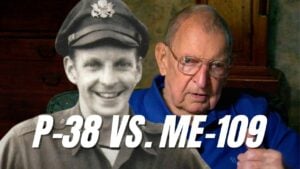The Most Unexpected Plane of WW2
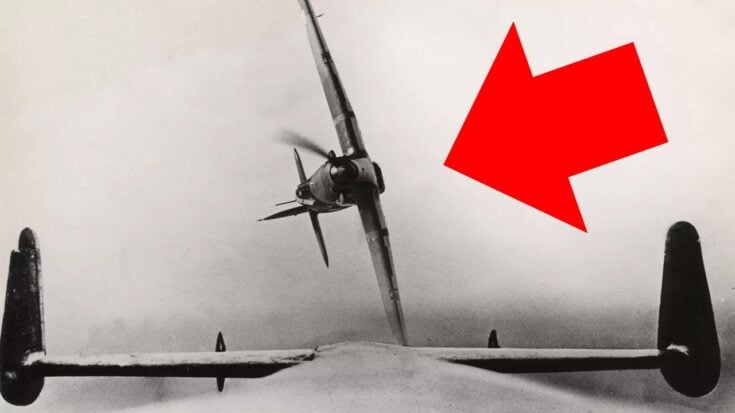
YouTube / Dark Skies
A Fighter Nobody Expected
When Sydney Camm’s Hawker Hurricane first flew in 1935, it was already overshadowed. It lacked the sleek lines of the Spitfire and carried fabric-covered wings, a design many considered obsolete. To the casual observer, it looked like a warmed-over biplane, hardly the cutting edge of aviation. Yet the Hurricane turned out to be precisely what Britain needed.
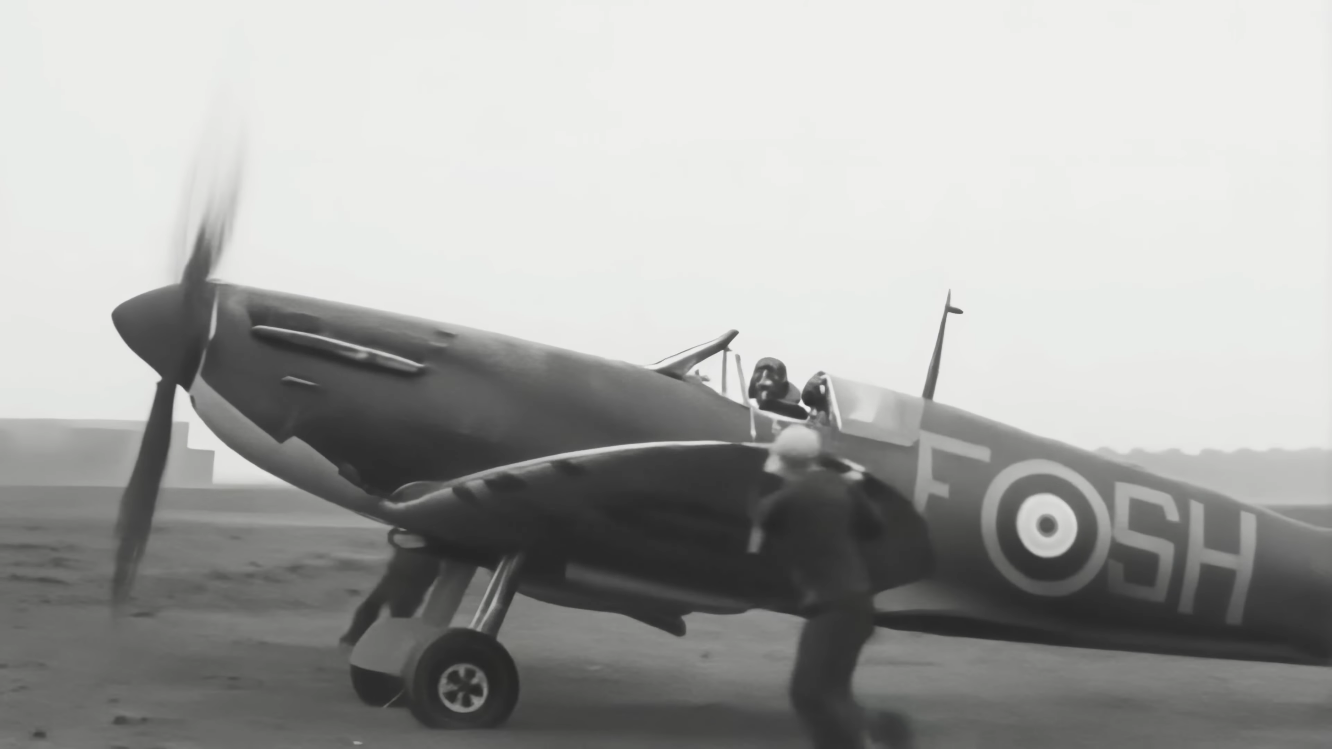
It was simple, stable, and forgiving—a machine that could be mass-produced quickly and flown by pilots who often had just a few hours of combat training. Its wide undercarriage made it easier to land on rough fields, and its strong frame absorbed punishment that would have destroyed other aircraft.
Carrying the Battle of Britain
In the summer of 1940, two-thirds of Fighter Command’s front-line squadrons flew Hurricanes. They weren’t as fast as the German Messerschmitt Bf 109, but in tight turns they could hold their own. Against bombers, they were devastating. Armed with eight Browning .303 machine guns, a well-aimed burst from a Hurricane could shred a Heinkel or Dornier in seconds.
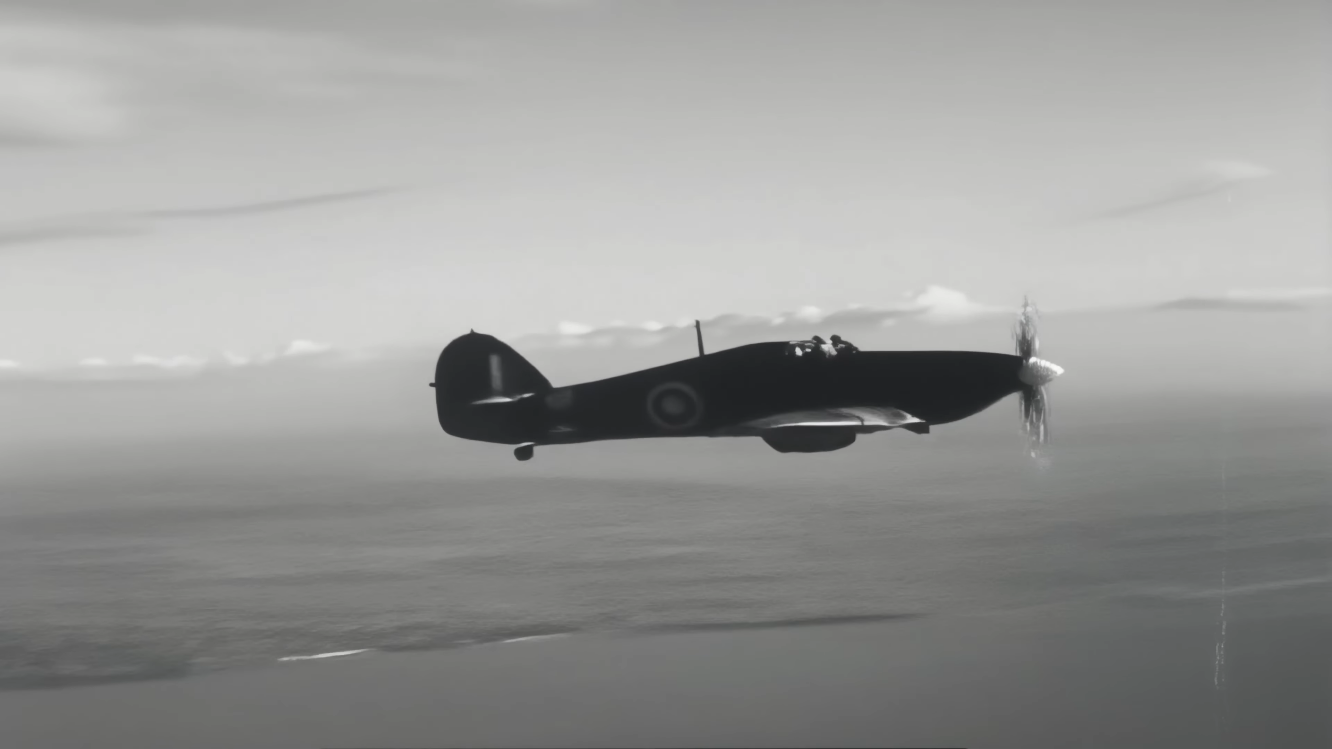
It was the Hurricane—not the Spitfire—that destroyed the majority of German aircraft during the Battle of Britain. Pilots trusted it to get them home even when riddled with bullets, and ground crews loved how easily it could be patched up and returned to the fight.
Adaptable and Global
The Hurricane’s story didn’t end over Britain. It was adapted into night fighters with cannons and radar, ground-attack aircraft carrying bombs and rockets, and even tropicalized versions for North Africa and Burma. Nearly 3,000 were sent to the Soviet Union, where pilots valued its durability and reliability in harsh winter conditions.
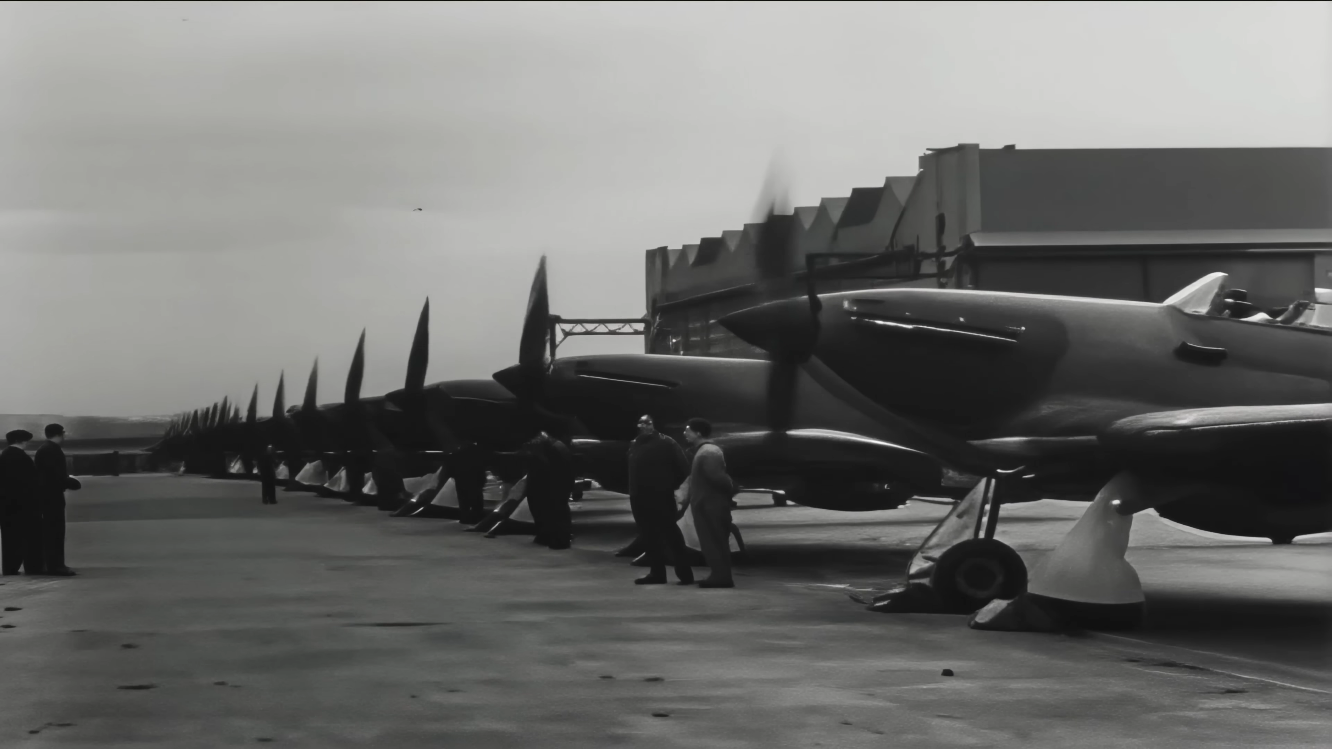
By war’s end, more than 14,000 Hurricanes had been built. Though always overshadowed by the Spitfire, it was the Hurricane that fought in more roles, more theaters, and often under the harshest conditions.
The Unexpected Victor
The Hurricane may never have looked like a world-beater, but its strength lay in its practicality. It was the fighter that could be built quickly, flown by rookies, repaired in muddy fields, and still hold the line against overwhelming odds.
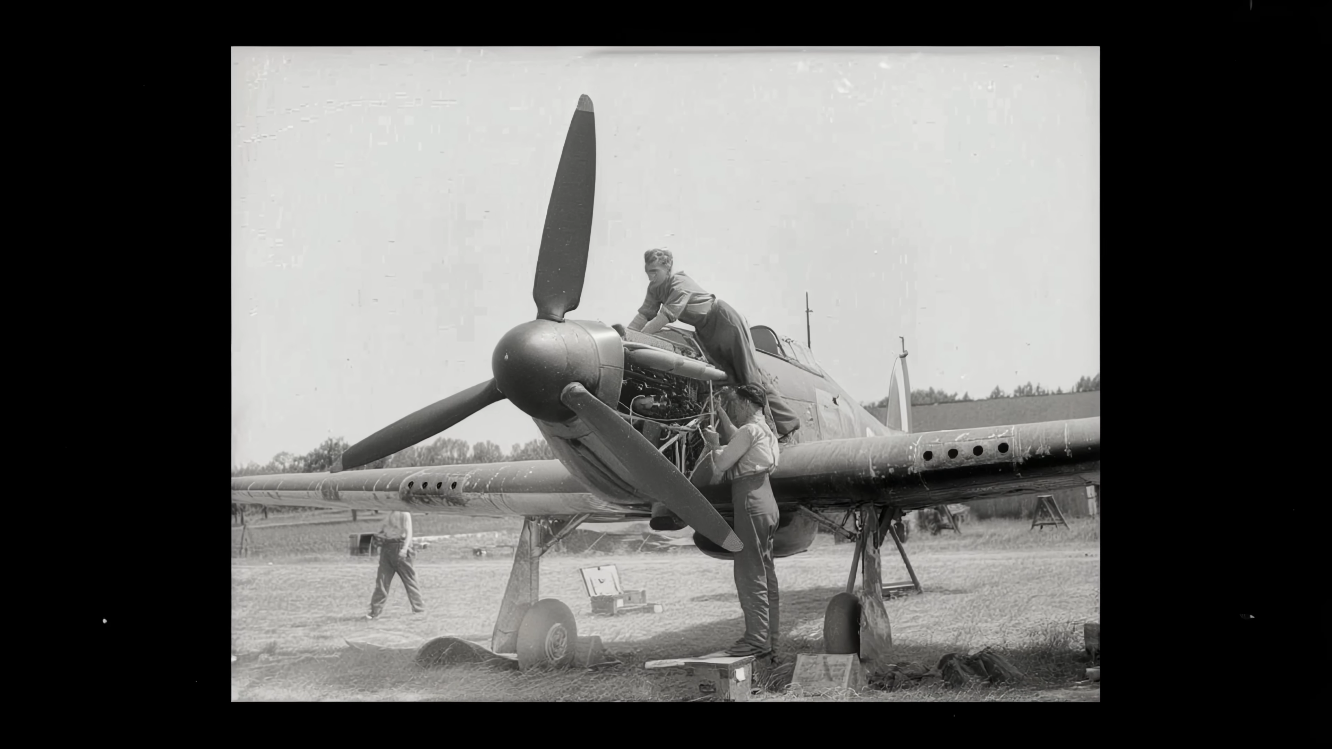
In the end, the “unglamorous” Hurricane destroyed more enemy aircraft than any other RAF fighter. Unexpected? Yes. Indispensable? Absolutely.














